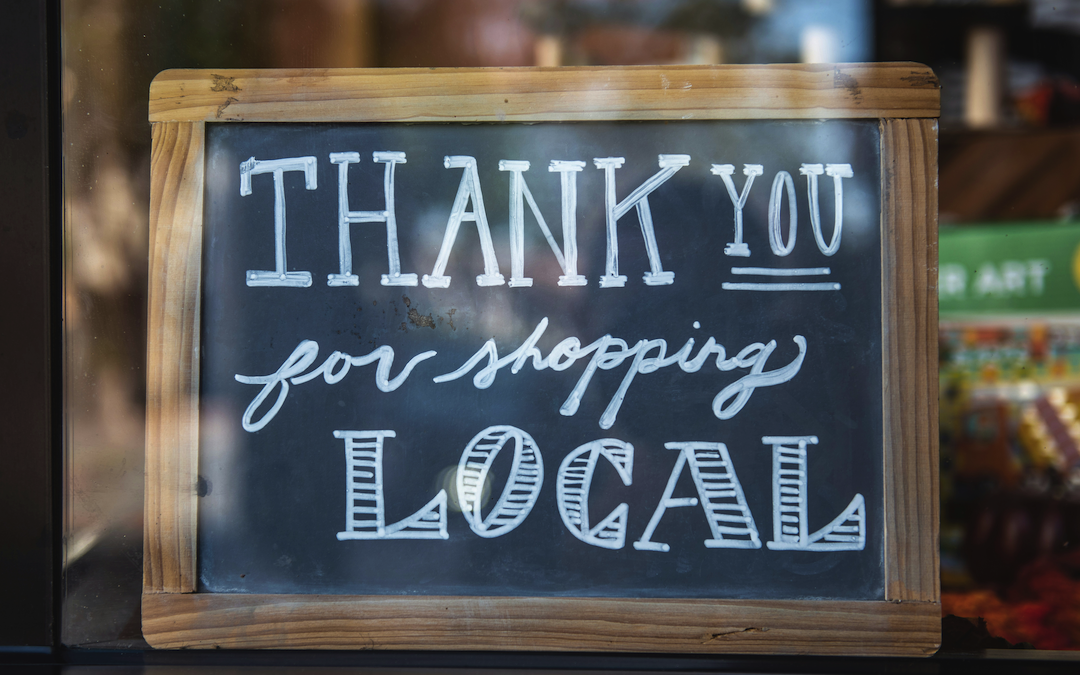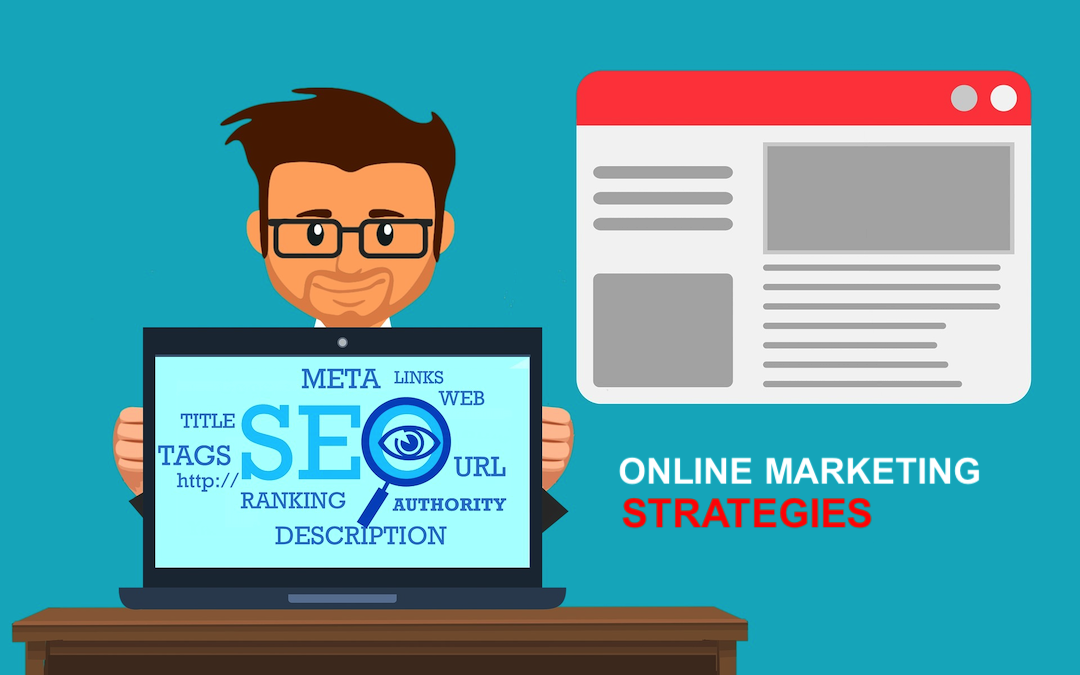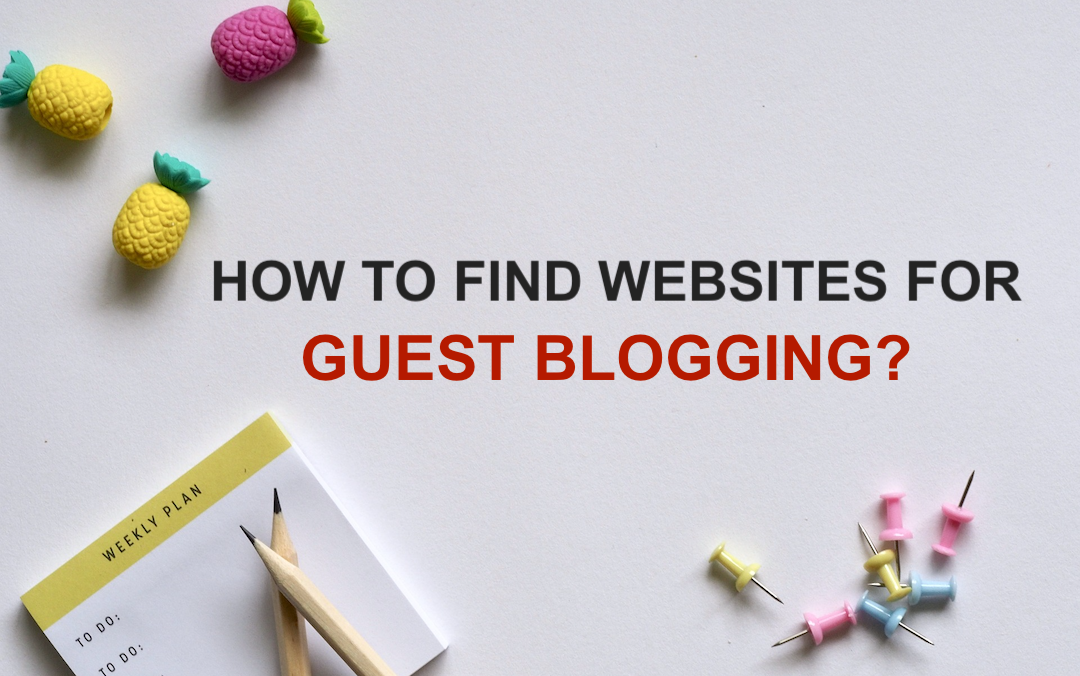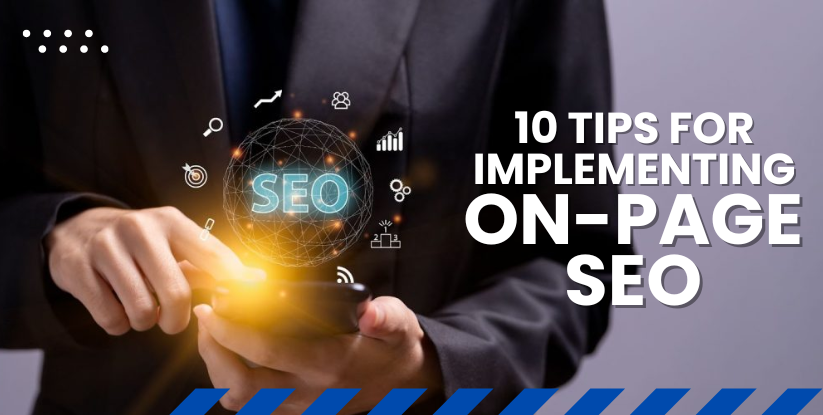
In the fast-paced world of technological advancements, software-as-a-service (SaaS) firms encounter various obstacles in developing and implementing effective content strategies. To remain competitive amidst the growing demand for top-notch content, businesses need to adopt efficient tactics. This is where artificial intelligence (AI) steps in.









